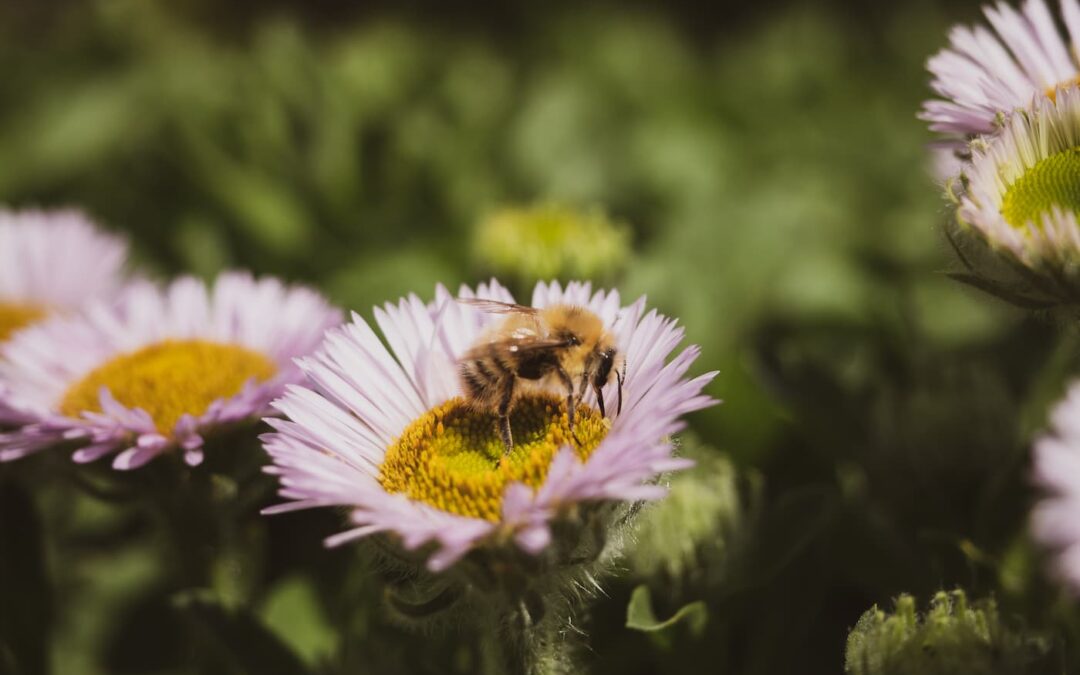Pollinators are small creatures that play a vital role in our gardens and ecosystems. They transfer pollen from the male reproductive organs to the female reproductive organs of flowers, allowing for fertilization and the production of seeds and fruit. Without pollinators, our gardens would not produce the crops and flowers that we enjoy, and our ecosystems would suffer.
In this post, we’ll explore the role of pollinators in gardening and discuss ways to attract them to your garden. We’ll also discuss the importance of protecting pollinators and their habitats.
The Role of Pollinators in Gardening
Pollination is the transfer of pollen from the male reproductive organs to the female reproductive organs of a flower. This process is essential for the fertilization of the flower and the production of seeds and fruit. Pollination can occur through the wind, but most plants rely on pollinators to transfer their pollen. Some plants are pollinated by bees, while others are pollinated by butterflies, moths, birds, and even bats.
Pollinators are essential for crop production. According to the United States Department of Agriculture, about one-third of the food that we eat is made possible by pollinators. Many fruits and vegetables, such as apples, strawberries, almonds, and blueberries, rely on pollinators for their production. Pollinators are also important to produce seeds and the growth of new plants.
In addition to their importance in agriculture, pollinators are also essential for ecosystem health. They play a critical role in the reproduction of many plant species, which is important for maintaining biodiversity. Pollinators also help to support other wildlife, such as birds and mammals, by providing them with food and habitat.
Common Pollinators and Their Habitats
There are many different types of pollinators, each with its own preferred habitats. Bees are the most common type of pollinator, and there are over 20,000 different species of bees in the world. Bees are attracted to flowers with bright colors and sweet nectar. They also need a place to nest, such as a hive or a hole in a tree.
Butterflies and moths are also important pollinators. They are attracted to flowers with bright colors and sweet nectar, but they also need a place to lay their eggs, such as a plant that their larvae can eat.
Birds are another type of pollinator, and they are attracted to flowers with bright colors and sweet nectar. Hummingbirds are the most common type of bird pollinator in North America, and they are attracted to red or orange flowers.
Bats are also important pollinators, and they are attracted to flowers with a strong, sweet scent. Bats are most active at night, and they can be found in tropical and desert regions.
Tips for Attracting Pollinators to Your Garden
If you want to attract pollinators to your garden, there are several things that you can do. The first step is to plant a variety of flowers that are attractive to pollinators. Choose flowers with different colors, shapes, and bloom times to provide a diverse range of food sources for pollinators.
It’s also important to provide nesting sites for bees and other pollinators. You can do this by leaving dead tree trunks, drilling holes in logs or blocks of wood, or creating a bee hotel. Providing a source of water, such as a birdbath or shallow dish, can also be helpful for attracting pollinators.
In addition to planting flowers and providing nesting sites, it’s important to avoid using pesticides and other chemicals that can harm pollinators. Instead, choose organic gardening methods and use natural pest control methods, such as planting companion plants that repel pests.
How to Protect Pollinators and Their Habitats
Protecting pollinators and their habitats is crucial for their survival and for maintaining healthy ecosystems. One way to protect pollinators is to support local conservation efforts and advocate for pollinator-friendly policies at the local and national level.
You can also help to protect pollinators by creating habitat in your own garden. Avoid using pesticides and herbicides that can harm pollinators, and instead use natural pest control methods. Provide nesting sites for bees and other pollinators, and plant native plants that are well-suited to your region.
Another way to protect pollinators is to become a citizen scientist and participate in programs that monitor pollinator populations. This can help scientists to better understand the health of pollinator populations and identify threats to their survival.
Pollinators play a vital role in our gardens and ecosystems, and it’s important to understand their importance and take steps to protect them. By planting a diverse array of flowers, providing nesting sites and water sources, and avoiding the use of pesticides, we can attract and support pollinators in our own gardens. By supporting conservation efforts and participating in citizen science programs, we can also help to protect pollinators and their habitats on a larger scale. Let’s work together to ensure a healthy and thriving ecosystem for pollinators and all the creatures that depend on them.

